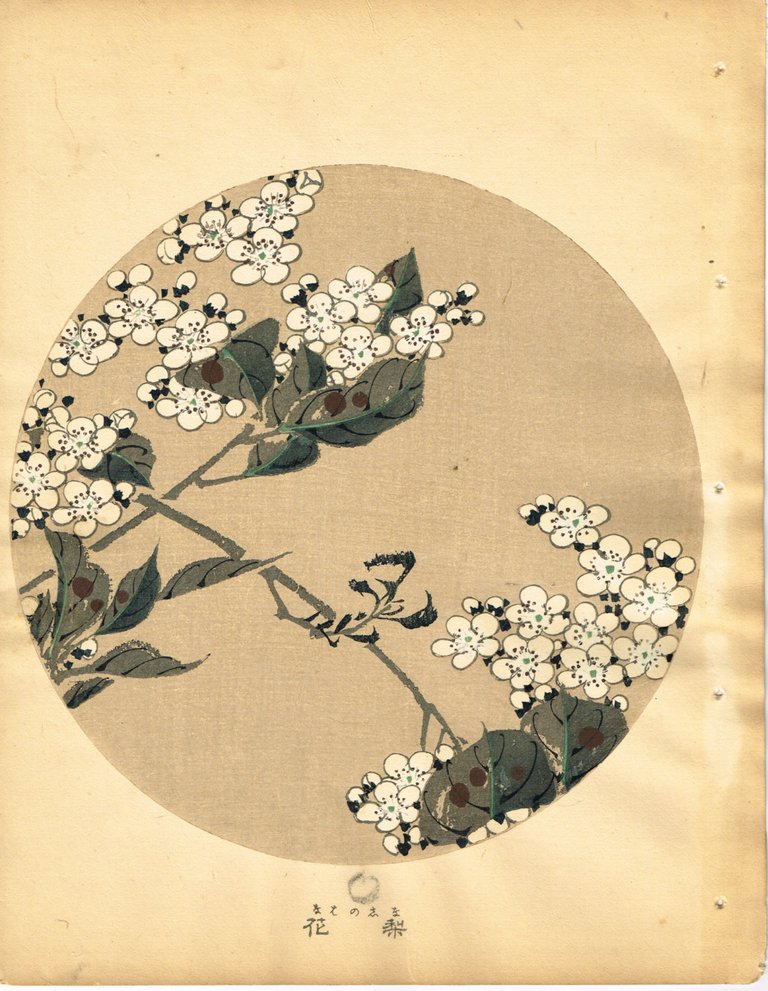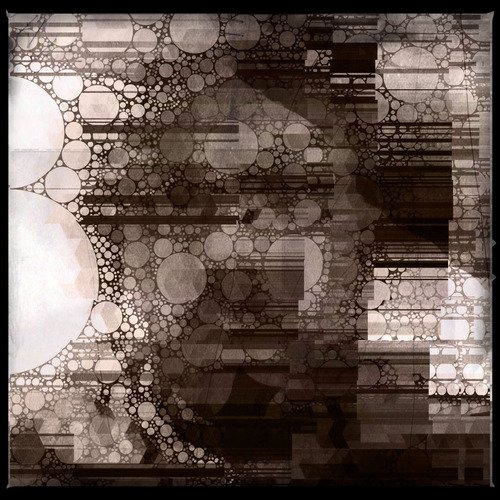nashi saku ya ikusa no ato no kuzure ie
by the ruins of a house
from the battle
—Shiki

("Pear Blossoms" by Ito Jakuchu)
The people who lived in the house are gone, escaped to a safer area, or worse; the area marred by battle. Yet even in the horror of the landscape, the pear tree blooms: beauty survives. We are reminded of the Persian saying often ascribed to Rumi:
This too shall pass.
After the terrible war has passed and faded, nature will remain, will reclaim the area, and will triumph in the end.
Shiki wrote this verse in April 1895, during his time in China as a war correspondent for the first Sino-Japanese War. Beyond the obvious suggestion of the cruelty of war, this haiku is doing something else. Shiki is poking at Bashō.
Bashō, if you haven't heard the name, is most famous haiku poet in Japanese history. Buson idolized him. As do most serious haiku poets today. But Shiki thought he was overrated and he often criticized Bashō's haiku. In this case he was calling back to one of Bashō's most popular verses.
Two centuries before, Bashō visited the ruins of Takadate Castle and wrote:
Natsukusa ya tsuwamono-domo ga yume no ato
the only remains
of the soldiers' dreams
—Bashō
(trans. David LaSpina[1])
Bashō was referring to a tragic event which took place seven centuries prior, when the great warrior Yoshitsune and his men were betrayed and slaughtered by the treacherous Yasuhira.
Shiki takes the setting Bashō gives and changes the focus. Whereas Basho's poem referenced a long forgotten conflict, Shiki refers to a recent battle, and where Bashō's verse expressed veneration and sympathy for the long dead warriors, Shiki does the opposite and instead puts our attention on the innocent victims of the conflict.
In addition to the poke at Bashō, this haiku is also very much in Shiki's "visual painting" style (写生 Shasei). You can almost picture the haiku like a movie, first the camera tight on the beautiful pear tree, then pulling back to show us the ruined house, then back still to show us the scars of the battleground.
It doesn't entirely fit, but this haiku always recalls to my mind a scene near the end of The Good, the Bad, and the Ugly, when Clint Eastwood's character wanders into an American Civil War battlefield and stumbles across a collapsed church, goes in and comforts a dying Confederate soldier. I can hear that haunting soundtrack in my head as I read the haiku. Maybe now you can too.(Here's the scene)
❦
 |
David LaSpina is an American photographer and translator lost in Japan, trying to capture the beauty of this country one photo at a time and searching for the perfect haiku. |
If this blog post has entertained or helped you, please follow/upvote/reblog. If you want to further support my writing, donations are welcome.